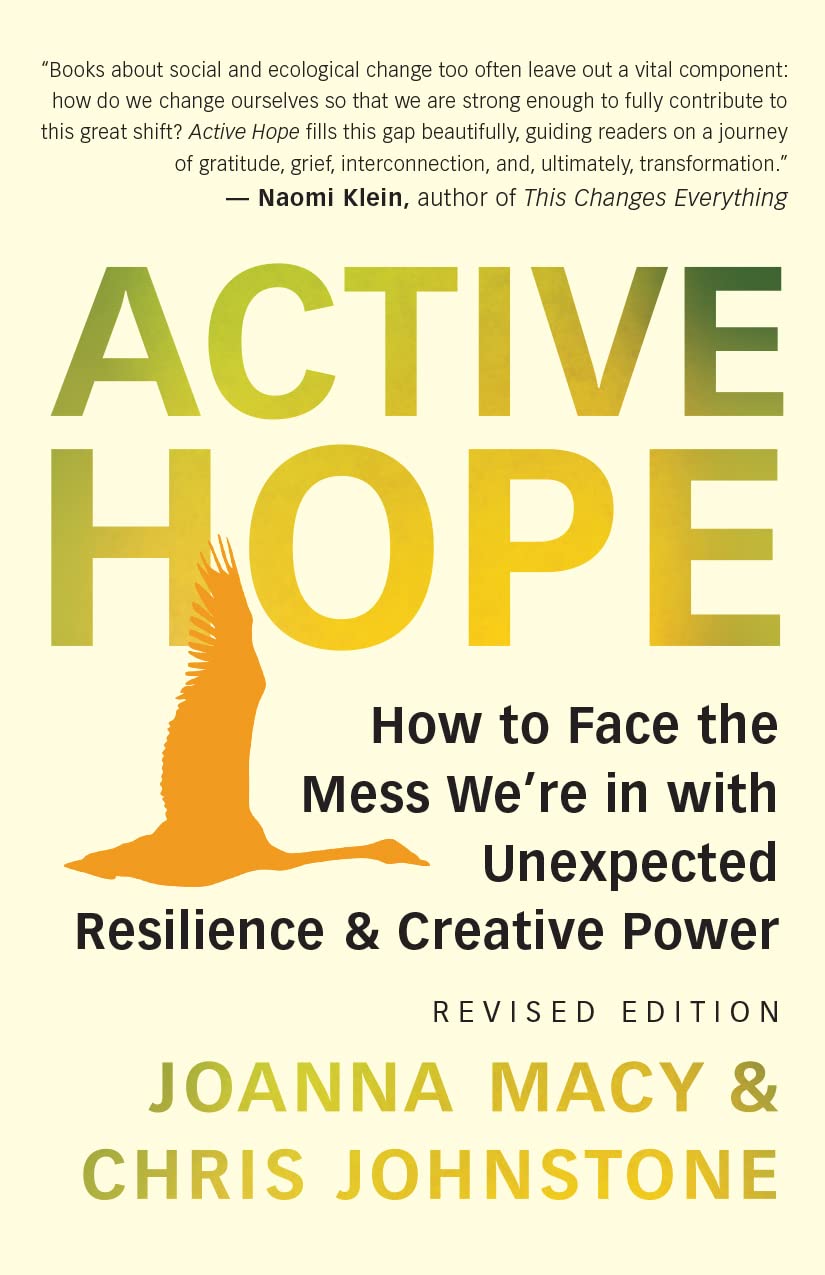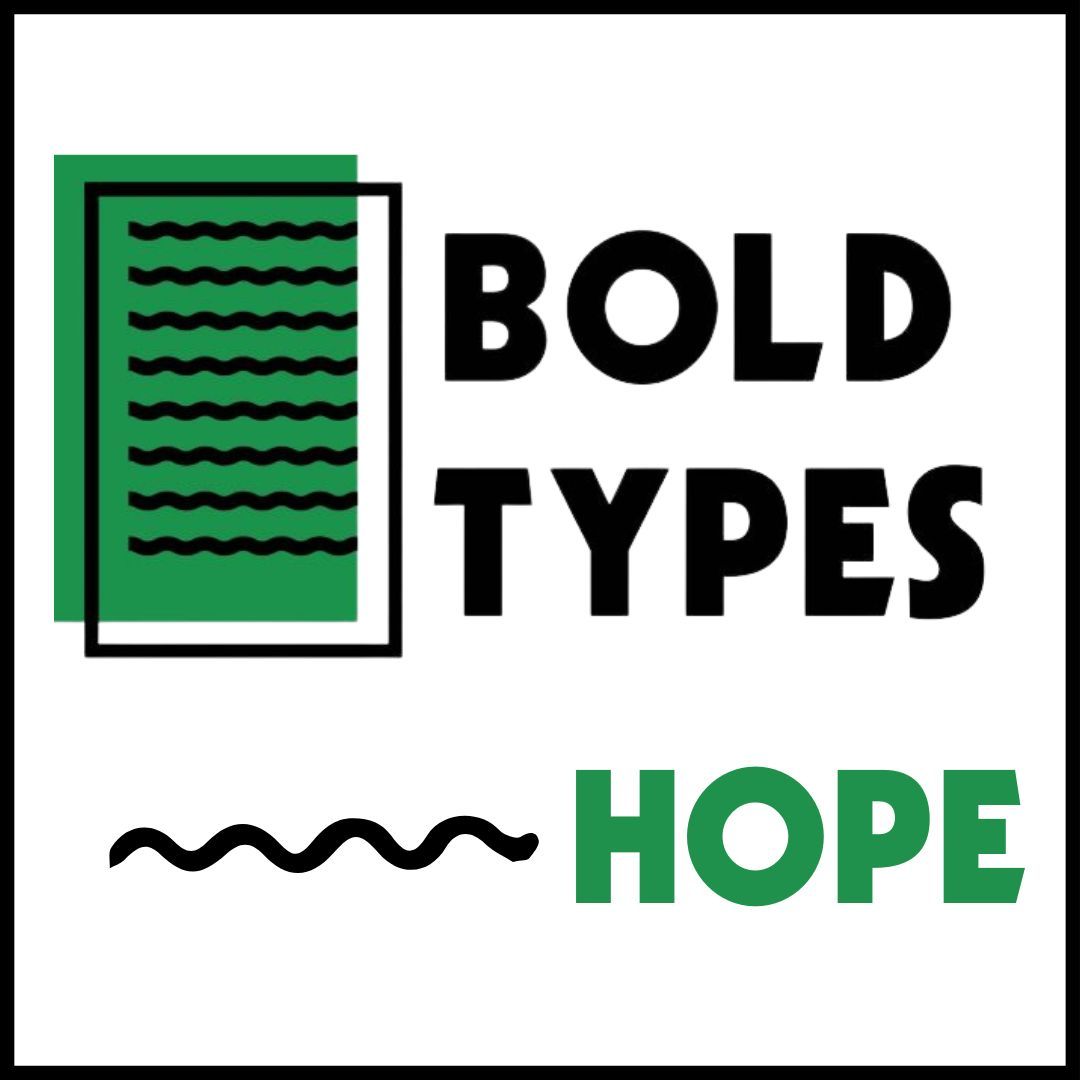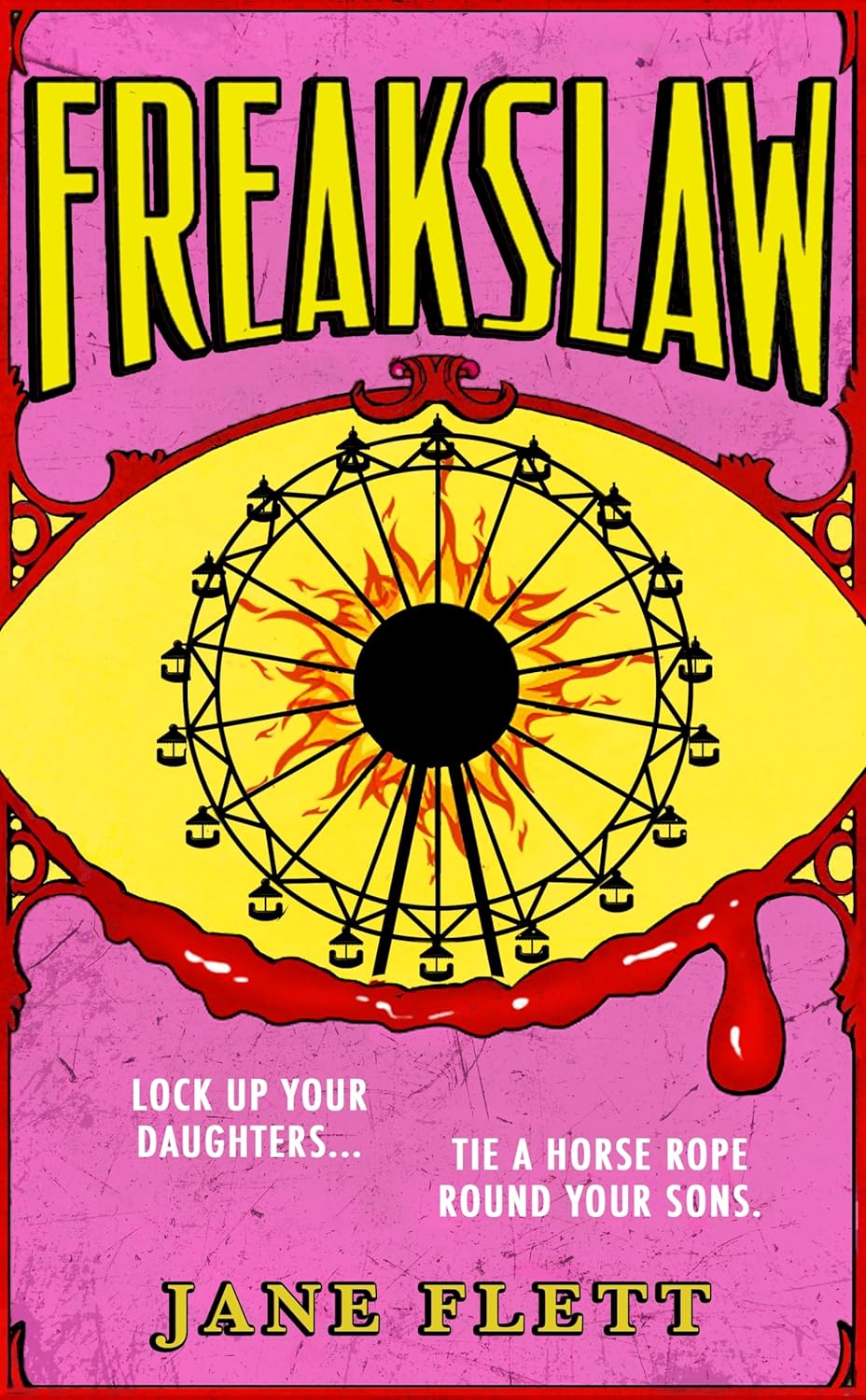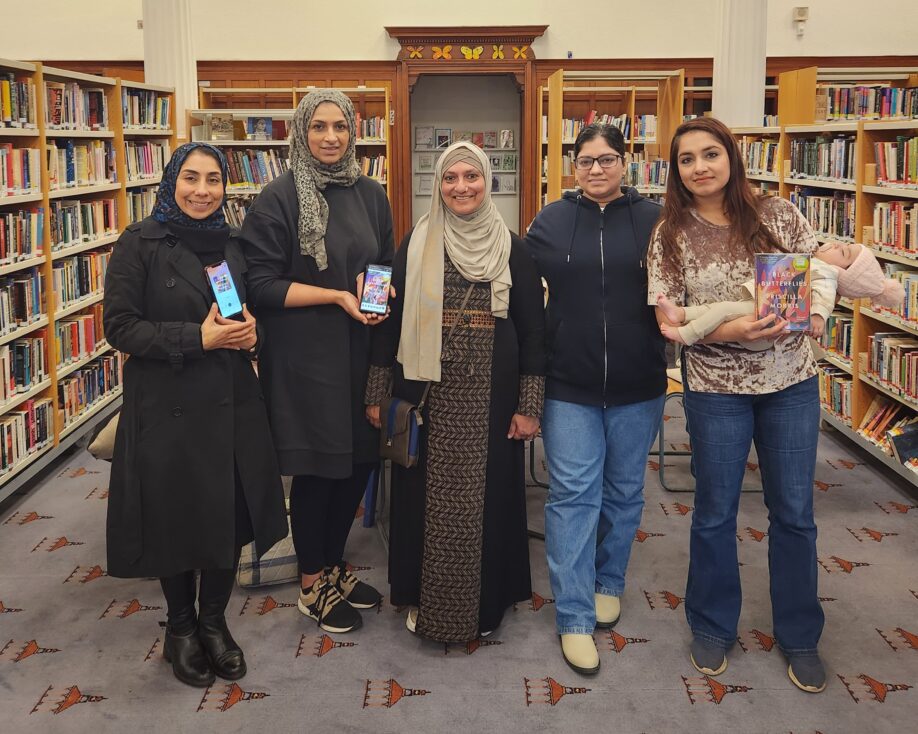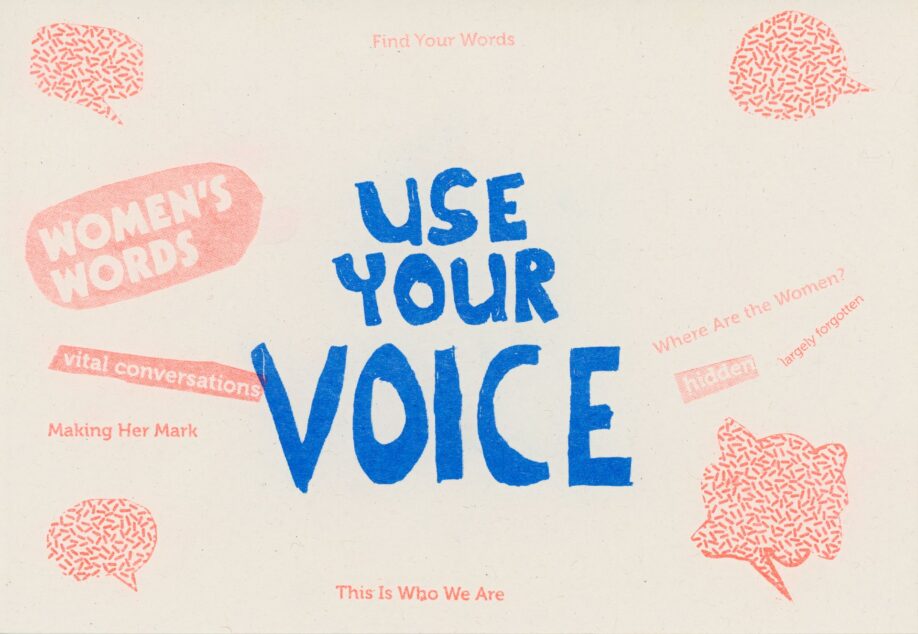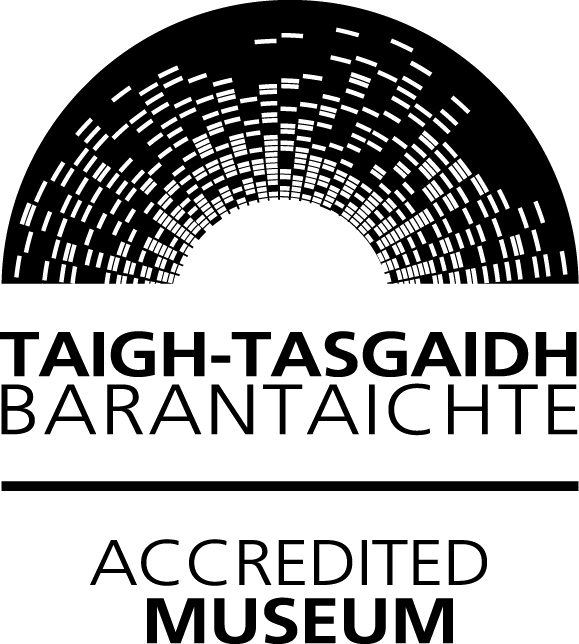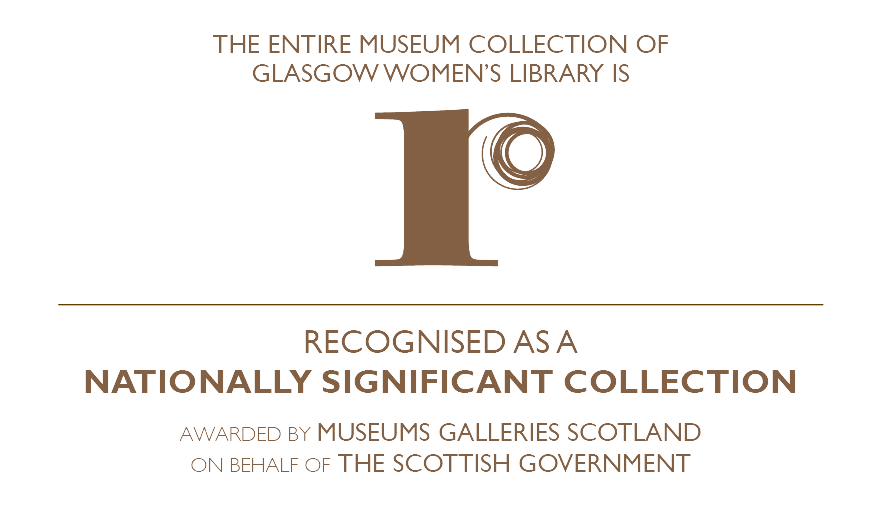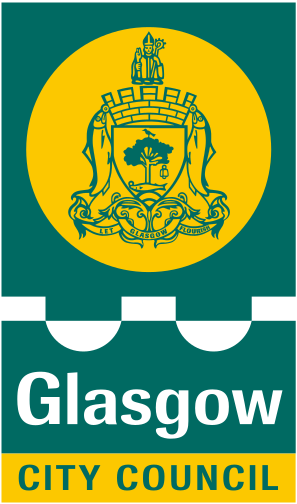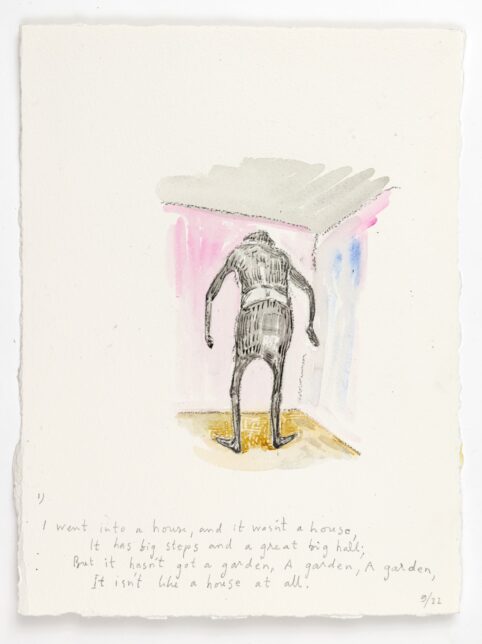
About a month ago I made a trip to Oslo in Norway to see Vanessa Baird, a Norwegian artist GWL have been working with for some time and who visited us before the pandemic to prepare for an international exhibition of her work in our space. It was also my first trip out of the UK since the pandemic which felt like returning to something cautiously but with gratitude. The reason for the visit was to see new work made by Vanessa for an exhibition at GWL, as well as her current show at OSL contemporary. Despite being a leading figure in Norwegian contemporary art, with major commissions and awards, the exhibition we are preparing for will be her first solo show in Scotland, a place she is connected to on her mother’s side. The connection shows in the way she creates images which draw on Nordic and Scottish traditions of gothic fairy-tales, simultaneously brutal and beautiful, blended in a haunting way with her own lived experiences. In this way the exhibition also represents a desire for Vanessa to cement connections with her Scottish heritage, intimately bound up with a lifetime of care for her mother.
As somebody who has lived close to oil before in Aberdeen, land of sports cars, a terrible bus service and very limited public facilities, arriving in Oslo feels to me a bit like moving through a slick sliding door to a different future, one full of clean, plentiful electric transport and luxurious public services, that reveal a place determined to use the wealth oil brings to become entirely independent of that form of energy.
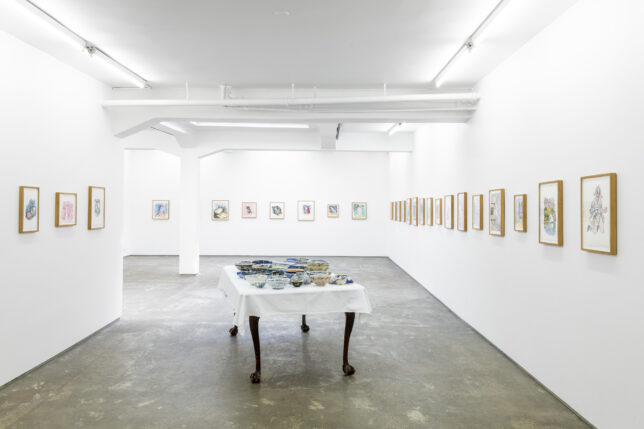
My first visit was to OSL contemporary, the gallery that represents Vanessa and that was hosting a solo show of her works called The Good Times Used to Kill Me. Ida Marie Ellinggard who runs the gallery tells me that Vanessa has drawn every day for fifty years. On the walls I see a long series of small delicately executed water colours that testify to the skill you can gain with that type of habit. The subjects depicted though are anything but delicate, there is a repeated domestic view, populated with characters that reoccur in many ghoulish and grotesque forms, appearing larger than life, definitely too large for the interior they populate, and often fully exposed, holding nothing back as they invite us to make up our own stories in response. The highly personal themes in the work, whether depicting ‘her world’, the domestic chaos of caring for her elderly mother, teenage child or commenting on the wider political and social landscape of Norway, include me by being so open. The images are raw and uncannily familiar in the way they depict motherhood, sex, shame, illness, exhaustion and the ageing female body. Here all the abject and embarrassing secrets of family life are laid bare, and somehow the result feels uplifting, despite the darker side of what they expose.
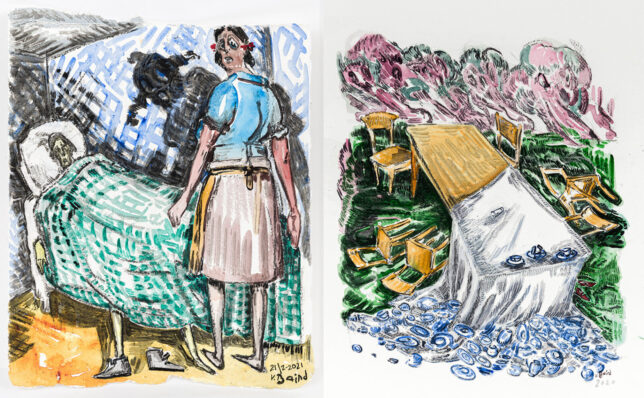
Next to these there is a series of ceramic bowls on a real table (there are tables in the paintings as well (more about that below). In these forms we see a whirlwind of currents, faces emerge to be swallowed up. From family rooms these move us to the wider relations between us, staging a drowning. If we are all at sea in our personal lives, in political life Vanessa reminds us there is also a crisis…
Vanessa arrives to meet me, she has an intensity about her that I didn’t notice before when she visited GWL, maybe it is magnified amongst the works? She is immediately very honest in a way that puts me at ease. She talks about where some of the images chronicle her own struggle since childhood with a chronic health condition. Then moving to the wider political stage she shows me a work that was too close to the bone for the Nobel peace commission, a trashed table, with table cloth pulled off, leaving a sea of broken glass and chairs. A spectacle for the Munch like scream figures that look on, becoming a ghostly wall paper. She also mentions how she uses familiar motifs that mean everyone feels they can identify with her pictures. Despite the messy scene it works, I’m drawn in, invited.
Next we walk from the gallery to Vanessa’s studio, which is also her family home. How I feel about the images is how I feel about being here, where I have come to look at the new works she has made. Giving me something to eat, she tells me about events that have taken place in her kitchen, about her life caring for her mother, as we move around she picks books off of her shelves and tells me what it is about, the author she loves, at the same time chronicling the way the family have lived over the years in different rooms, shifting about to try and accommodate each other. We connect over a mutual love of Valerie Solanas (it comes as no surprise that she loves her fierce and brutal writing in SCUM manifesto) and an equally strong dislike of Andy Warhol, who was targeted by Solanas after he expressed ambitions for her writing (what is it – maybe simply how reserved his works are, absorbing everything but giving nothing away).
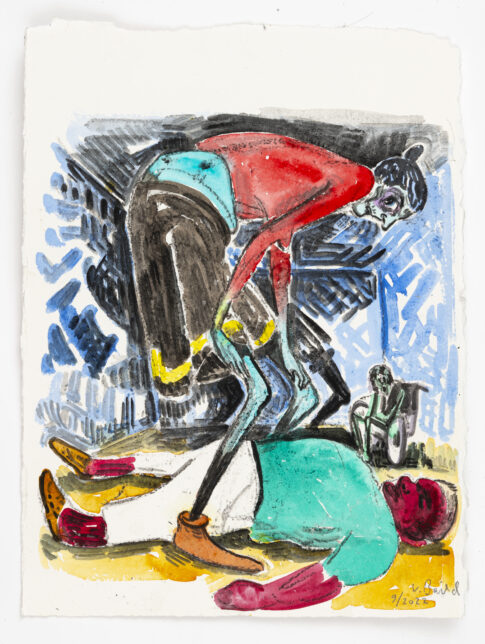
Then I see the new works, I Get Along Without You Very Well, that detail aspects of her life with an alcoholic partner. In this Vanessa has carefully chosen a theme for the space that is both difficult and personal but also extremely relatable. I sit with the word – relatable ( I think of my own personal relatedness to this subject). It feels like the right word for Vanessa – an artist dedicated to exploring the relations between us. Starting from where she is related, she folds us in, so that the care and difficulty we feel with each other is held up and moved to the centre of a stage we are busy tidying up and turning away from. GWL also feels like the right place for the works to arrive, a place that has a history of offering a collective space for women to sit with and gather strength in the face of the difficult personal and political realities they share, injecting a good amount of humour and joy in the process.
As I was leaving her studio Vanessa shared something with me about her relation to art, she said, the thing about an art work is you have to create it with a lot of care. I can’t remember if she said this but the gesture she made was one of holding something in the cup of her hands, with a lot of tenderness. She continued, only that way will it mean something when you put it out into the world. I had a feeling she was describing a magical alchemy and also a kind of storytelling. The gesture and the way it was conveyed seemed to transform this ordinary observation and put care at the heart of everything she did, giving her art works life in the world.
Vanessa Baird’s I Get Along Without You Very Well will be showing in GWL from the 17th of Nov until the 25th of February.
This trip was kindly supported by The Norwegian Embassy in the Uk with Vanessa’s show in GWL supported by The Office for Contemporary Art Norway.


